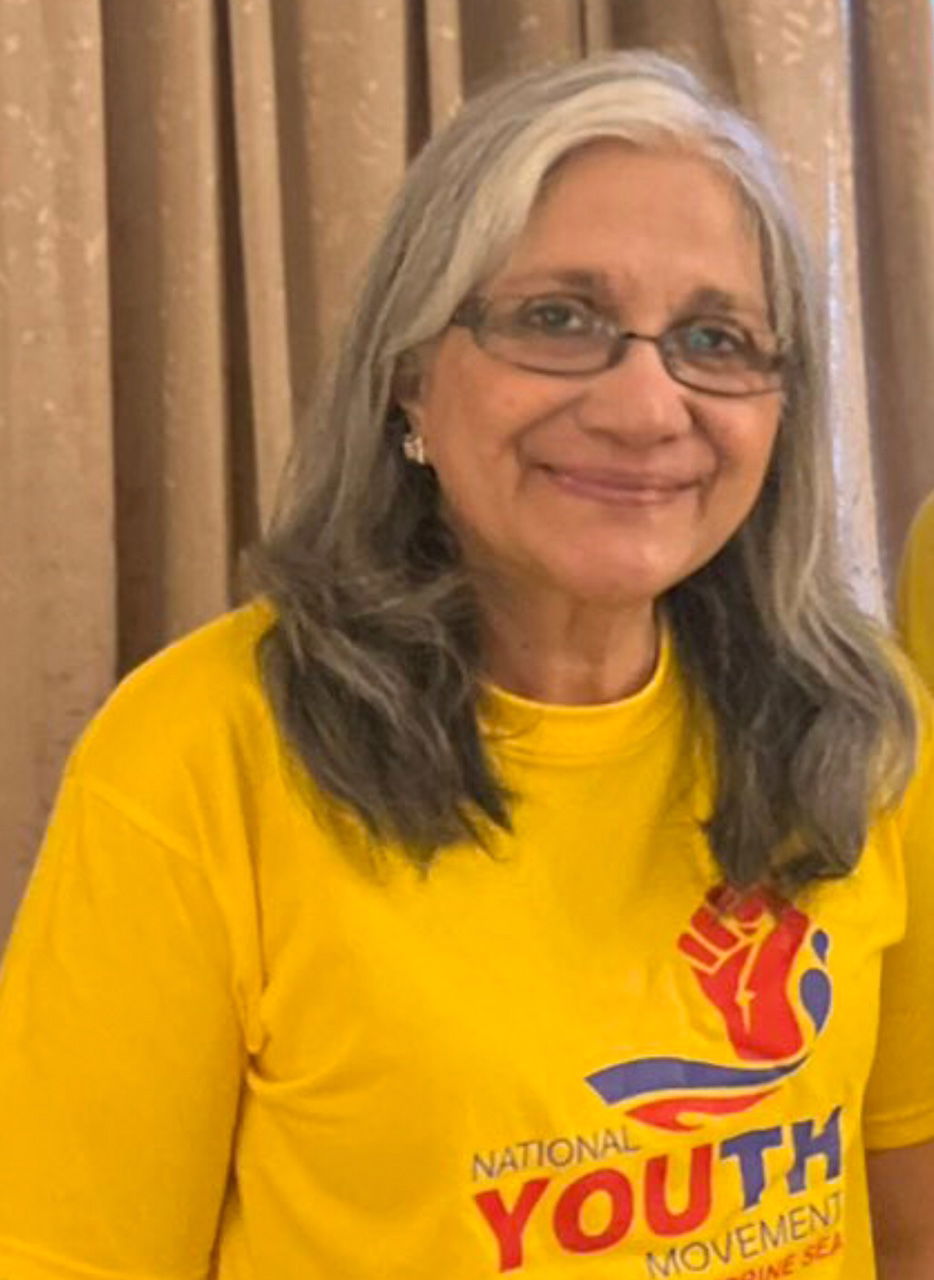

Carl O. Schuster

Dr. Celia Lamkin
CHINA’S publicity stunt of purportedly displaying a flag on the Philippines’ Sandy Cay was intended as a test for Manila and Washington, D.C.
Although it probably took place several hundred miles from the Cay, this seemingly trivial and adolescent prank had a very serious purpose. Beijing wanted to see how the two capitals would respond. It signals that it holds the initiative in the ongoing Sino-Philippine dispute in the West Philippine Sea and is not deterred by the U.N. Arbitral Tribunal ruling of July 12, 2016.
In that context, the “photo op” had a similar purpose to the “territorial buoys and markers” Beijing planted around the Philippines’ atolls, cays, islands, reefs and shoals during the 1980s-1990s. Removing those buoys and markers became nearly a weekly task for the Philippine Coast Guard and Navy during that decade. Then, when bad weather and fuel restrictions created a gap in Philippine awareness, China quickly built “fishermen shelters” on Mischief and Fiery Cross Reefs. A decade of military dredging and construction quickly followed, and the People’s Republic of China has occupied those territories ever since.
The Philippines stopped similar attempts on 2nd Thomas and Scarborough Shoals and now enjoys the imprimatur of the United Nations’ recognition of its sovereignty and sovereign rights over the West Philippine Sea. However, Beijing’s aggression continues.
The PRC almost gained de facto domination of the West Philippine Sea during this century’s second decade. But it has been thwarted over the last five years by Manila’s current defense of its sovereignty and adroit use of international publicity and diplomacy to expose China’s criminal behavior.
With its territorial sovereignty legitimized under international law, the Philippines has strengthened its defense relationship with the United States and expanded its security partners to include Japan, Australia and, to a more limited extent, India.
China’s leaders, especially its supreme leader, Xi Jinping, are not accustomed to facing such an effective and comprehensive multi-level response to its aggression. Philippine President Ferdinand R. Marcos Jr. has ensured that the global community is increasingly concerned and interested in China’s activities, frustrating Beijing’s efforts to control the international narrative.
Beijing may be frustrated but it has not given up on its imperialist designs. The Chinese Communist Party is seeking ways to maintain the pressure on the Philippines and disrupt its political unity. China’s United Front Work Department is actively conducting a campaign of propaganda, monetary investment, and criminal relationship-building to undermine the Philippines’ political unity, recruit sympathizers, and weaken Philippine society.
The infantile stunt on Sandy Cay merely represented the external facet of China’s broader intimidation campaign. It may not have taken place on Sandy Cay itself but its purpose was far out of proportion to the Chinese resources involved.
Manila’s rapid response and exposure of Beijing’s false narrative showed China’s leaders that the Philippines is watching and will ensure the world is as well. Washington’s subsequent condemnation of China’s provocative action reinforced that message. The combined U.S.-Philippine reactions sent a good deterrent message, but the two country’s leaders must now prepare for China’s next test. Beijing has not given up and is already preparing to present another exam for the two allies to take. Their answers will shape the state of peace and Philippine sovereignty and sovereign rights in the West Philippine Sea.
Carl O. Schuster is a retired U.S. Navy captain with 25 years of active duty service, and is the former director of operations of the U.S. Pacific Command’s Joint Intelligence Center in Hawaii. He recently retired from 24 years as an adjunct faculty member of Hawaii Pacific University’s Diplomacy and Military Studies Program. He is a defense consultant, and a freelance writer who has published four books on naval affairs.
A resident of Saipan and Guam, Dr. Celia Lamkin is the founder and global chairperson of the National Youth Movement for the West Philippine Sea.











